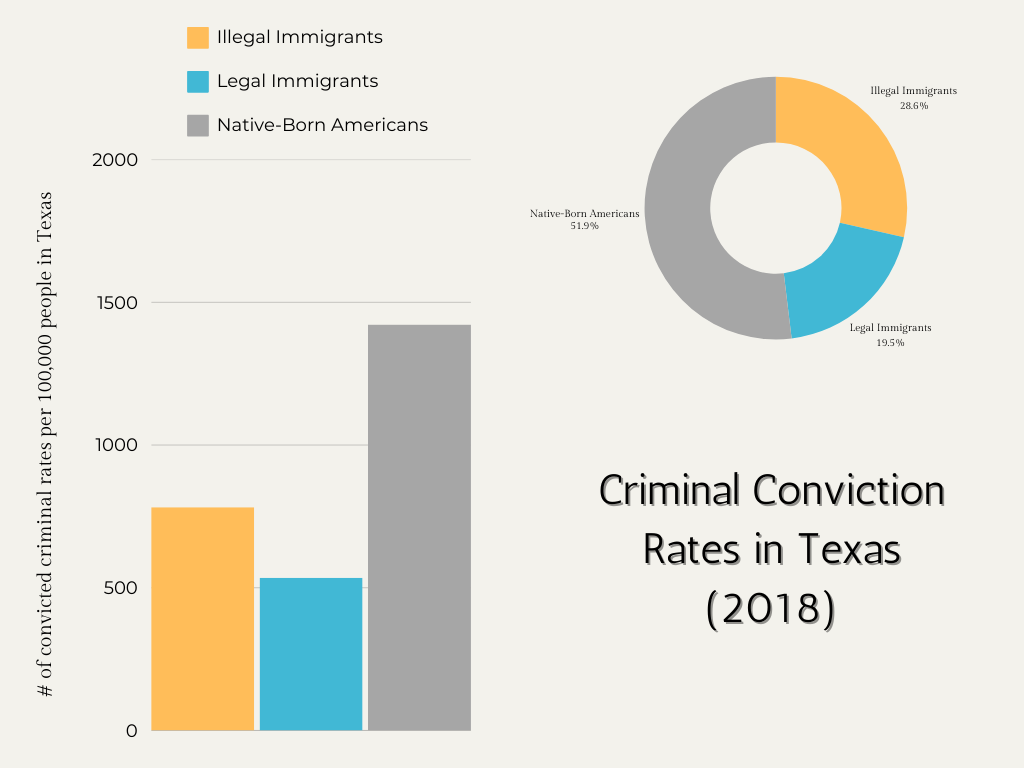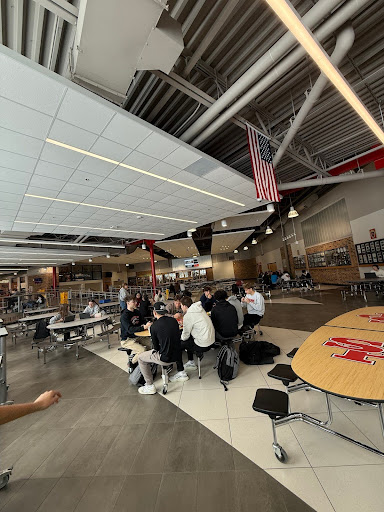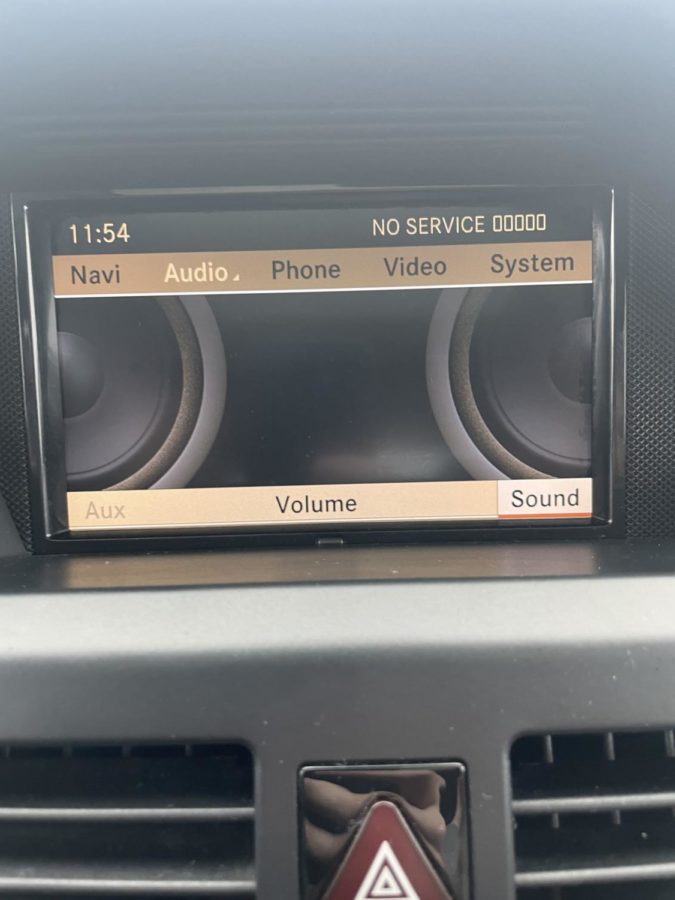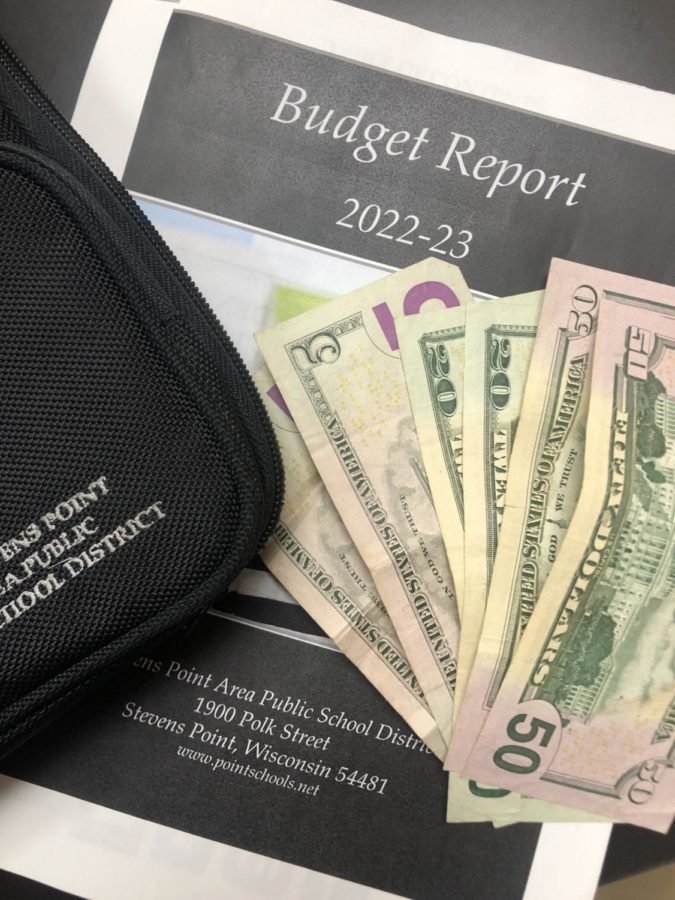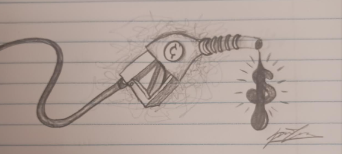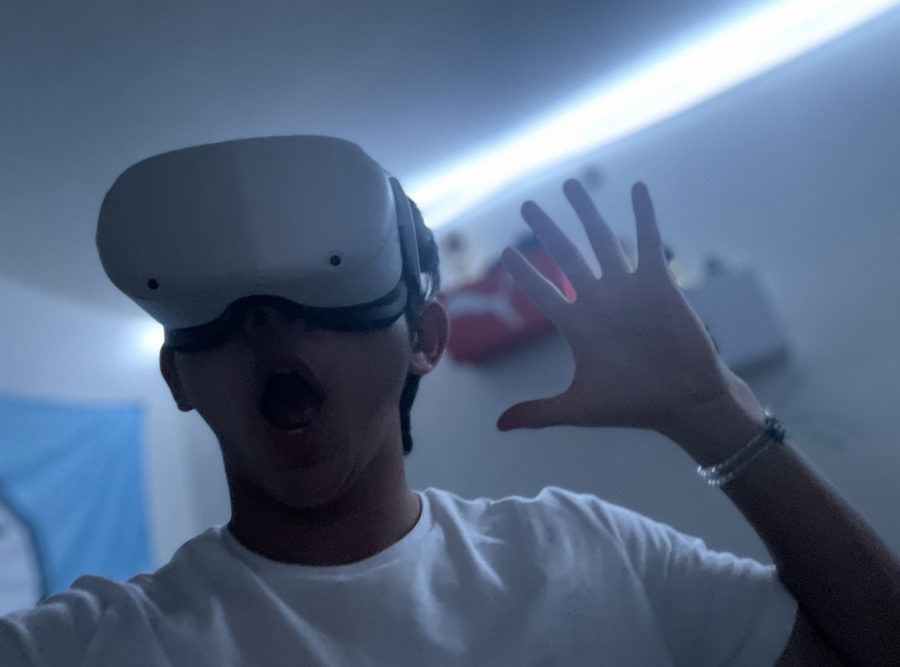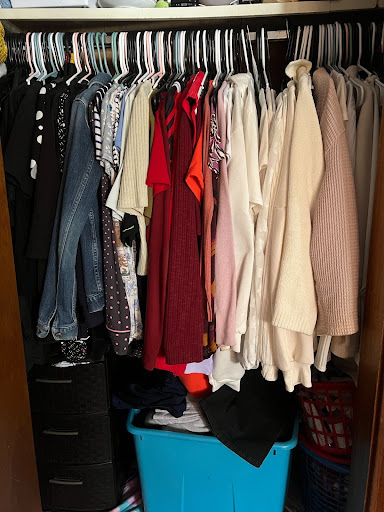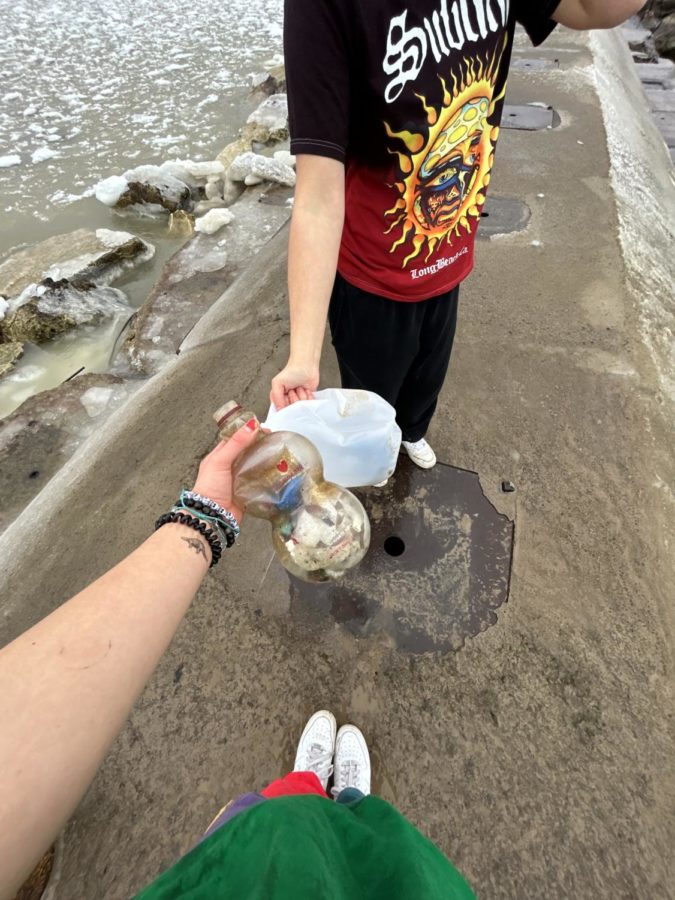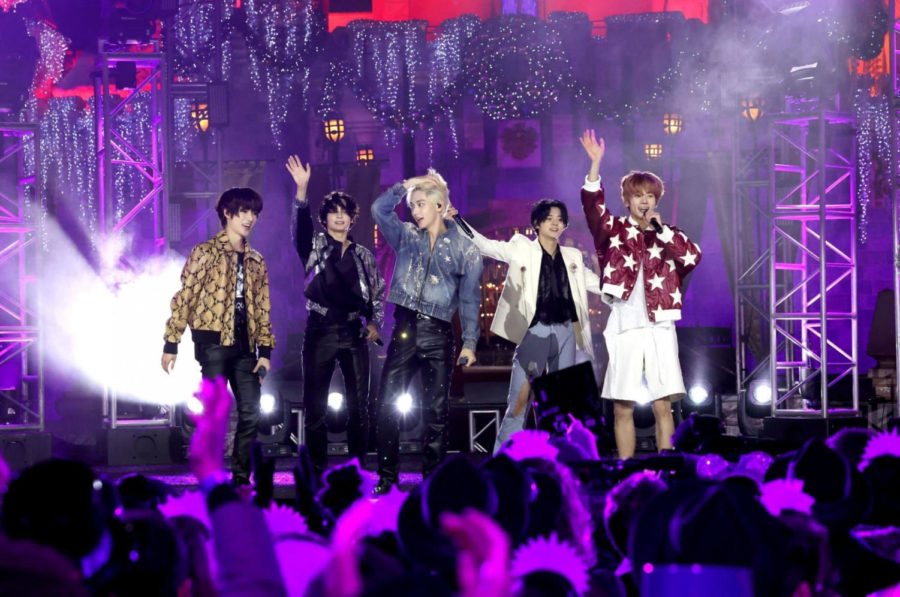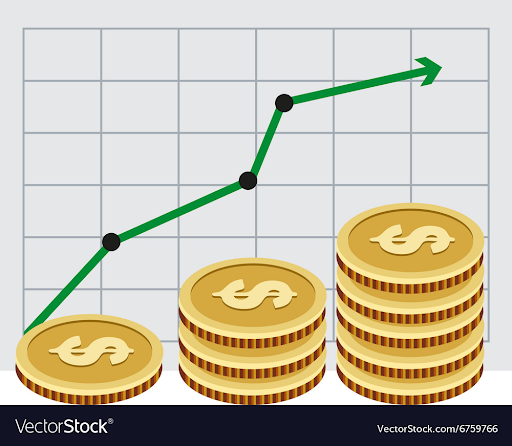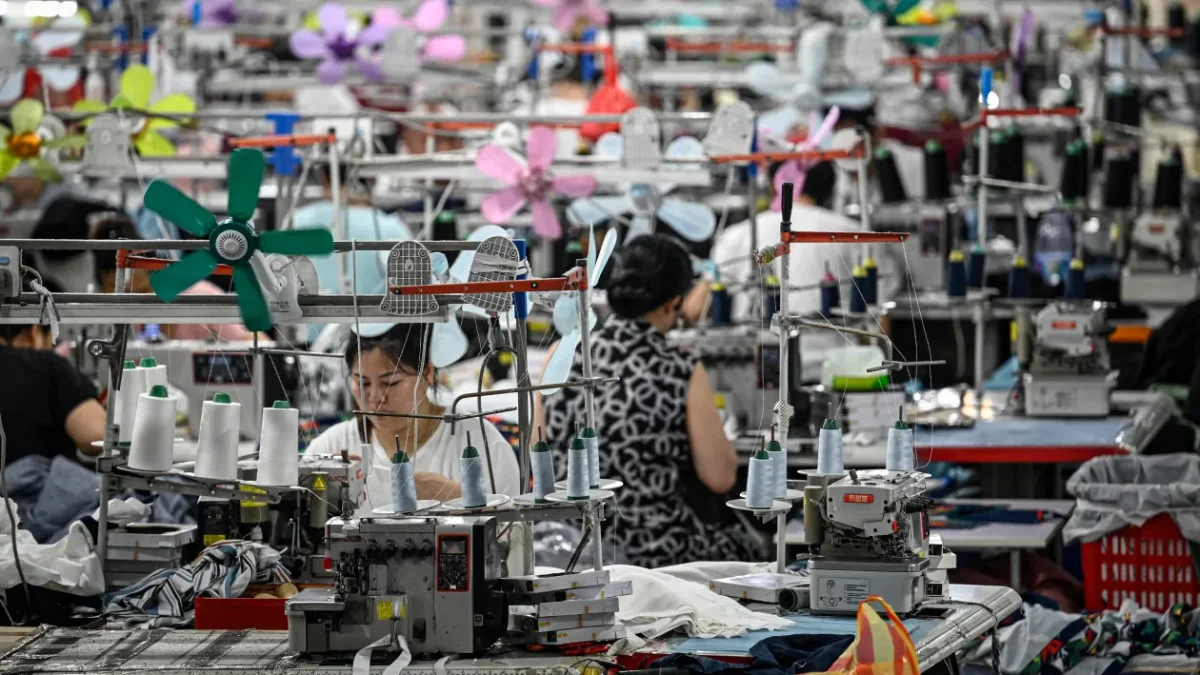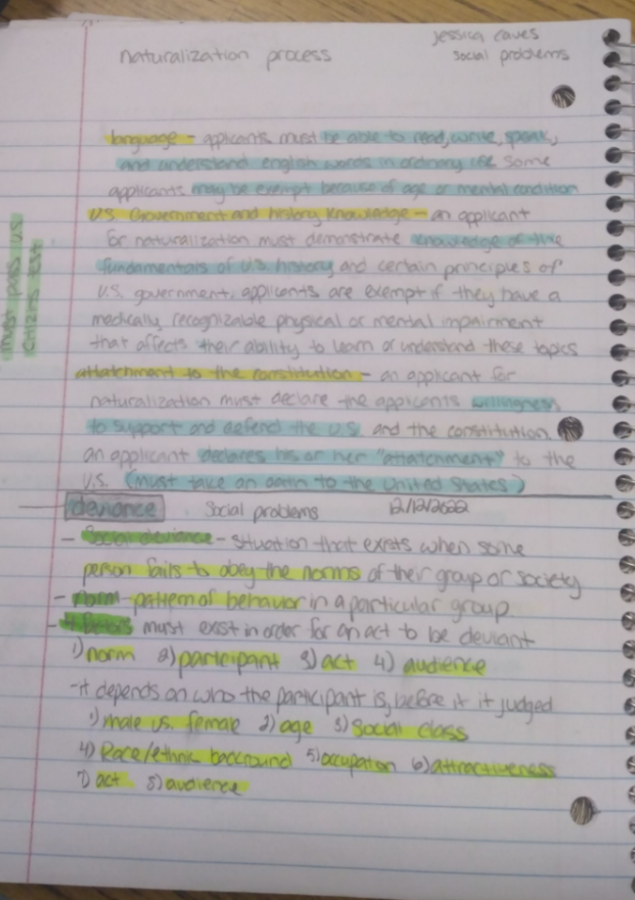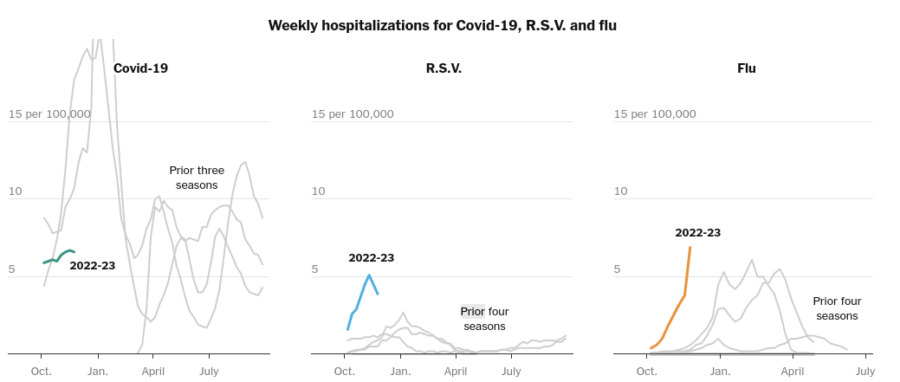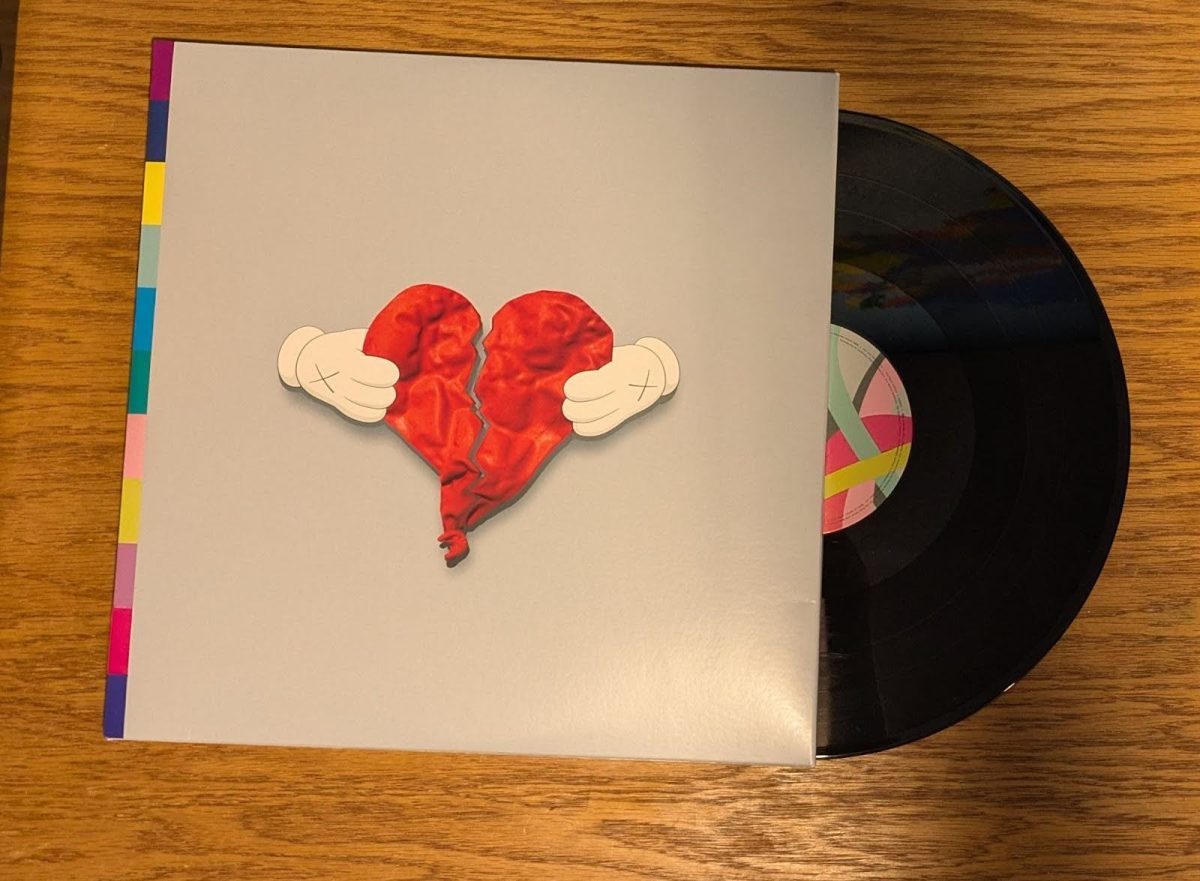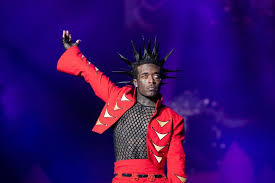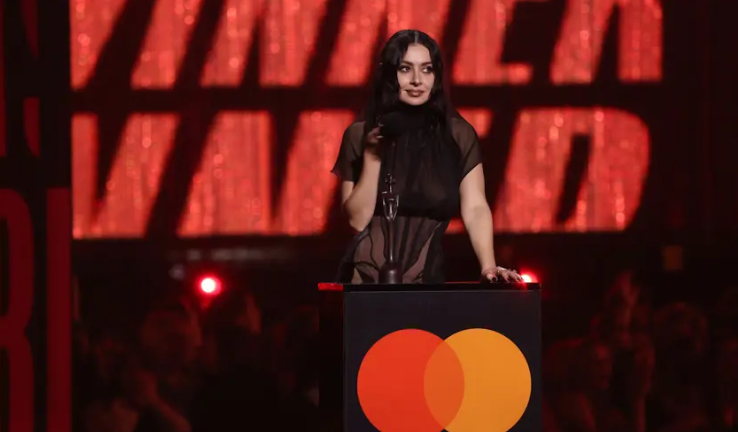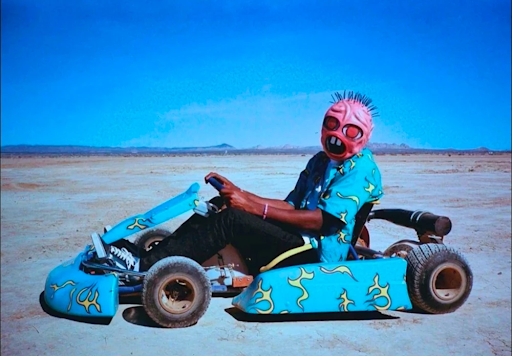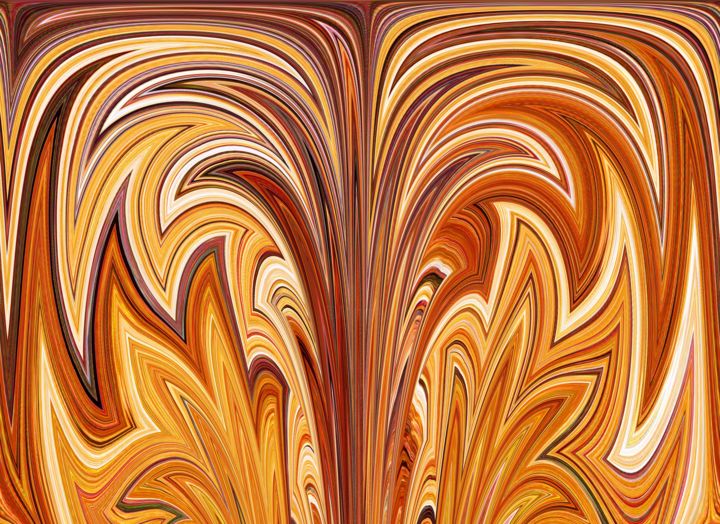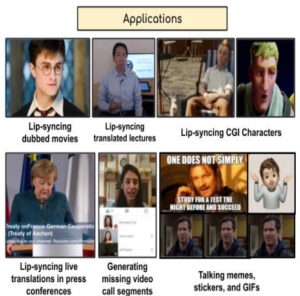Beyond the Immaculate Hype of NFTs
December 15, 2021
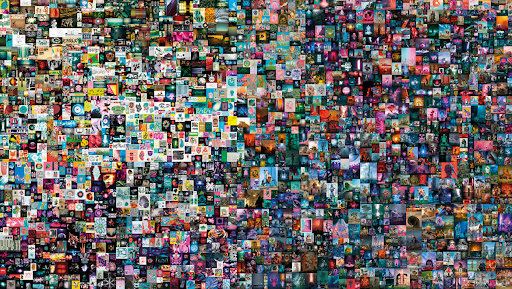
It may sound hard to believe, but someone actually bought the first tweet for $2.9 million dollars that was previously owned by Jack Dorsey, the co-founder of Twitter. How is that even possible? Through an N.F.T. NFTs are protected under the Ethereum blockchain and primarily use Ethereum cryptocurrency. Furthermore, there are artists around the globe jumping onto bandwagon and promoting their pieces of art. It is not just JPEG files; Organizations like the NBA are getting in on the craze by selling small clips of basketball moments.
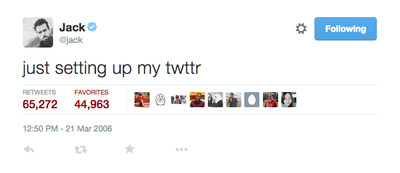
What is an NFT?
Behind the seemingly complicated acronym, NFT stands for “Non-fungible token.” The entirety of the word itself sounds confusing but breaking it down, non-fungible in short defines “non-replaceable” and a token is a “thing that represents a digital asset that can be traded or possessed that is protected under the blockchain.” Putting these two together, NFTs represent a digital asset protected under the blockchain that is irreplaceable. NFTs range anywhere from GIFs, memes, music, and anything else in the forms of digital. NFTs can either be branded as one of one, meaning there is only one copy, or there could be multiple copies like a rookie card of LeBron James.
Digital art, when compared to physical art, has its differences when it comes to authentication. NFTs are mainly backed up through the Ethereum blockchain; however, physical art like the Mona Lisa are certified through physical forms of certificates that prove authenticity. However, the process of authenticating physical artifacts has developed into a more tedious process. According to an article regarding the difficulty of authenticating physical art on abj.artrepreneur.com, they “estimated that as much as 40% of the work sold every year are forgeries.” In cases where people have bought forged pieces of art, they have resulted in litigation, the process of taking legal action. The process is often tedious, and experts have all together grown suspicion over the process of litigation and have questioned whether it is right to authenticate works of art. In return, this has made the authentication process of physical art scarce as many authentication organizations and committees have made an abrupt termination of authenticating art.
Blocks in chains? What is that?
On the other hand, the already complicated term NFT holds a confusing algorithm within itself: blockchains. Blockchains are like banks; they act as the middle man for transferring cryptos or in this case, buying NFTs. For example, let’s say that Tommy transferred $20 to Johnny’s checking account. Johnny’s bank, and Tommy’s bank now have to communicate and authenticate with each other that this transaction was valid and that Tommy had the significant value that he had wished to transfer. Here, the bank is the middle man and deals with the calculations and approves the transaction.
But what if we were to take it digitally? Here, blockchains come into play as the substitution for banks. Blockchains are different as there is no centralized unit that controls the system; it is a group of many computers that work together to calculate and authenticate that the transfer of whatever was sent is valid. Blockchains utilize an algorithm called proof-of-work where it acts like a security system. Proof of work requires computers to compute complex mathematical puzzles. After solving a problem, a new block would be added to the blockchain. The blockchain contains a form of a ledger where it keeps track of transactions and collects the information and groups them together into interlocking chains. The blockchain is open to anyone and free to join anytime.
Moreover, in the depths of a block in a blockchain, a chain of blocks is interlocked with the following blocks. Each block typically contains three types of information: The data stored, it’s own hash, and the previous hash of the block before it. The data stores information about what the transaction was about. The hashes are like the fingerprint; it is always unique and act as the identifier of the block. Hashes are encrypted at the same length as any other hash and are required to solve the computation for the block. Additionally, the previous hash of the block is also encrypted in the current block; if the block fails to be decrypted, the hash becomes altered into a different hash, thus invalidating the entirety of the chain. This is the unique attribute of a blockchain that makes it difficult to alter and has been able to prove it’s legitimacy.
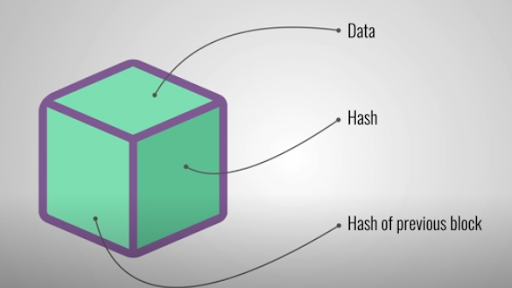
– YouTuber: Simply Explained
Where do I buy NFTs?
NFTs are available throughout the web but mainly utilize Ethereum as NFTs are primarily protected under the Ethereum blockchain. Ethereum allows for users to set up applications where they can set up their personal data, such as setting up contracts that control the authenticity of NFT ownership. Along with that, to get Ethereum is to either mine it with a co

– Kevin McCoy
mputer or to purchase it through setting up a digital wallet to purchase Ethereum. Applications like Coinbase and Voyager are simple digital wallets where you can keep your crypto safe. Think of it in a way where you are buying digital currency with physical money that has the same value only that the prices of crypto are constantly fluctuating. The market of NFTs works as where one could buy at the given price or through bidding. For example, in 2014 Kevin Mccoy creator of the “first ever NFT,” Quantum, sold his piece of art for an astonishing $1.4 million dollars.
What is happening now?
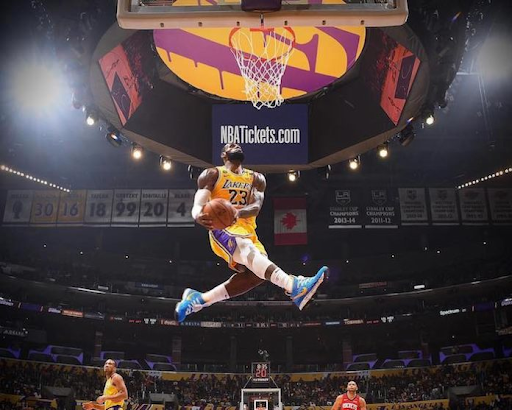
We are now processing our ways through the fourth industrial revolution of technological advancements in AI, the internet, quantum computing, blockchains, and many more. These advancements will in theory pave the way for a new road like the previous revolutions; but in particular the blockchain technology. The world is finally getting their grasp on this new technology through the form of NFTs. For instance, the NBA is taking notice by creating small snippets of moments through their platform “NBA Top Shot.” Just a few months ago, an NBA Top Shot digital highlight of Lebron James dunking sold for $387,600.
Furthermore, artists around the world are using NFTs as a way to introduce themselves as digital artists and utilize the blockchain to maximize the traceability of data in this ledger that creates simplicity in storing transactions. NFTs are introducing the possibilities of this new form of technology, blockchains, that creates a more simplistic way to maximize the efficiency of storing information and suppressing human-error.
Optimism for the future? Or a bust?
But not all good things remain good; the problem with NFTs and the blockchain is energy usage. As David Kim, student from the University of Wisconsin-Madison, states that although “these tokens may only get bigger and bigger as we progress through the new technological advancements” that will further improve the expandability of these unique assets. Kim further elaborates that, “we may be limited because of how much the energy usage to keep these [NFTs, cryptos, and blockchains] alive is impacting our climate.”
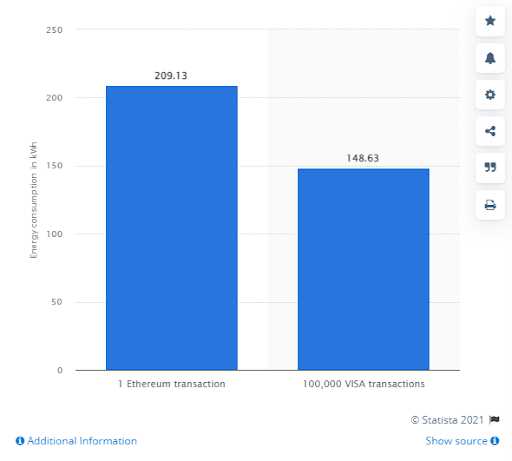
According to statista.com, one single Ethereum transaction consumes 209.13 kilowatts per hour, however, 100,000 Visa card transactions require 148.63 kilowatts per hour.
With that in mind, how much energy is used throughout the entire Ethereum blockchain? According to YouTuber Johnny Harris, the entire “Ethereum blockchain is using 33 [Terawatts per hour] of energy… that’s the same amount of power of Serbia,” keep in mind that this video was uploaded during early April 2021. Power is generally produced through the process of burning fossil fuels and usage of non-renewable resources, resources that emit carbon into the atmosphere.
Many have grown concerned and are split on whether NFTs hold accountability towards its environmental impact. Some artists have even gone as far as calling the platform an “ecological nightmare pyramid scheme.” But who can argue when for example, Space Cat’s, an NFT, carbon footprint is equivalent to two months of a European’s household electricity usage. However, other artists like Mike Winkelmann, the digital artist who sold his Everydays: The First 5000 Days for $69 million, believe that NFTs will only become more sustainable as artists collectively slowly but surely transition into the usage of renewable energy.
Our future together
From the beginning of time, humans have been known to set the value on objects based on rarity, popularity, and a reflection of one’s desire. Objects like trading cards, jewelry, artifacts, and now NFTs all have value based on human behavior to signify the importance of an object. Throughout history, we’ve seen this all around with new things transpiring from nothing into momentous pieces of history and inspiring future generations. Humans get thrilled over this new thing and it just sort of blows up into something major, or what may be considered as “hype.” Understand that we’re not JUST talking about NFTs anymore at this point; we’re talking about the immense possibilities behind the blockchain. This new form of authentication, validation, and even substitution for banks could revolutionize our future. Although NFTs and the technology behind it are having a major role in impacting the climate, the technology behind the NFTs is immense and immaculate. Much like in the past with the internet, we are all witnessing the beginning of a technological advancement that will revolutionize our future and adapt.


